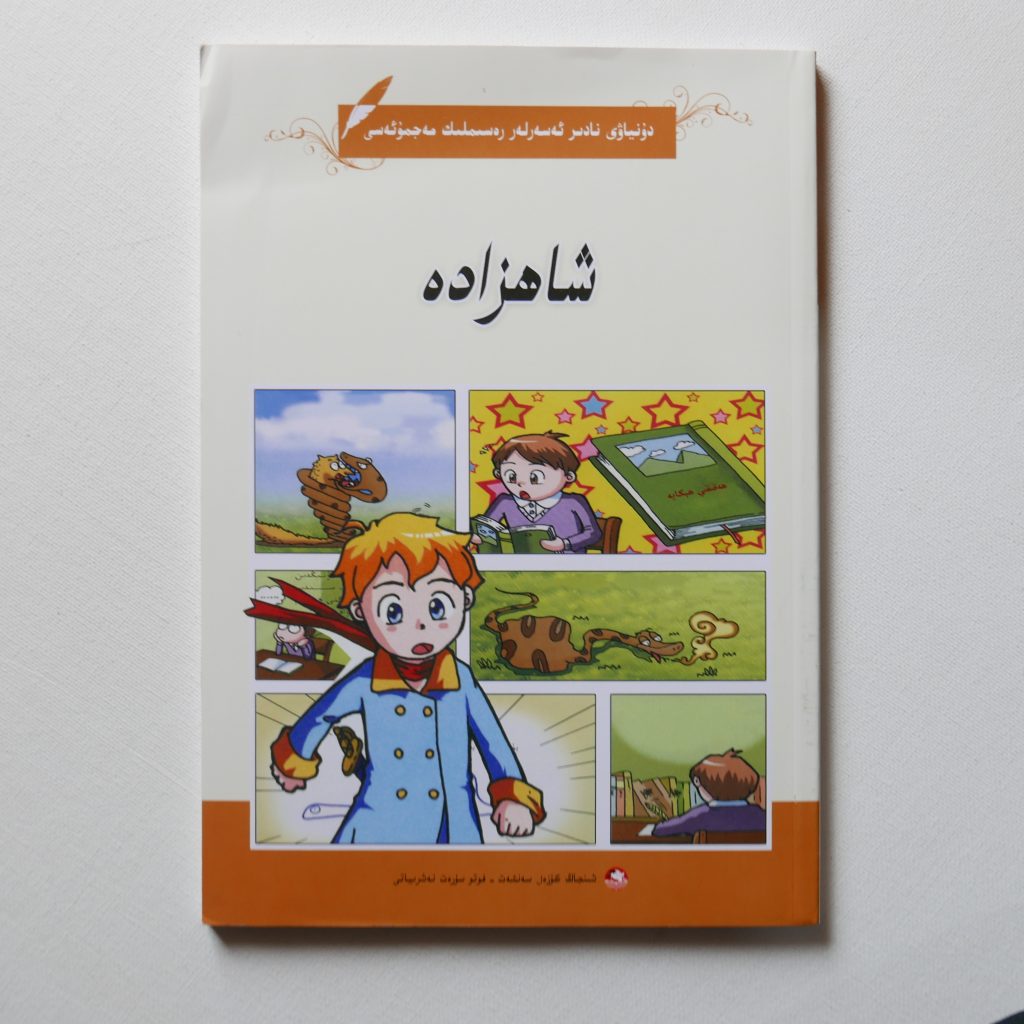
شاهزاده (Syahzadah) – in Uyghur language (ئۇيغۇر تىلى).
Uyghur is Turkic language with 10 to 25 million speakers, spoken primarily as the official language of the Xinjiang Uyghur Autonomous Region of Western China. It is also spoken by Uyghur communities in Kazakhstan, Kyrgyzstan, Turkey, Afghanistan, and other parts of the world.
Uyghur has a rich history, with roots dating back to the Old Turkic language spoken by the Göktürks in the 6th century. It belongs to the Karluk branch of the Turkic language family, which also includes languages such as Uzbek. In addition to influence of other Turkic languages, Uyghur has historically been influenced strongly by Arabic and Persian and more recently by Russian and Mandarin Chinese.
Uyghur has a complex phonological system, with a large number of vowels and consonants, and a unique feature called vowel harmony. This means that vowels in words must harmonise with each other, either as front vowels or back vowels. It also has a large number of diphthongs, which are vowel sounds that consist of two distinct sounds pronounced together.

One of the unique features of Uyghur is its use of the Arabic script, which was introduced to the region during the Islamic period. This script has been modified to include additional letters and diacritical marks to represent the unique sounds of Uyghur. This modified Arabic-derived writing system is the most common and the only standard in China, although other writing systems are used for auxiliary and historical purposes. Unlike most Arabic-derived scripts, the Uyghur Arabic alphabet has mandatory marking of all vowels due to modifications to the original Perso-Arabic script made in the 20th century.
Uyghur has played an important role in the cultural and political identity of the Uyghur people, and has been the subject of ongoing controversy due to the Chinese government’s attempts to suppress the use and teaching of the language.


